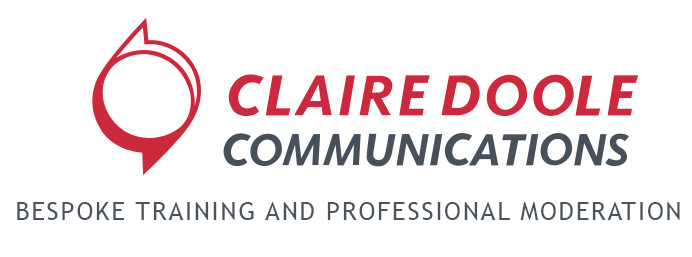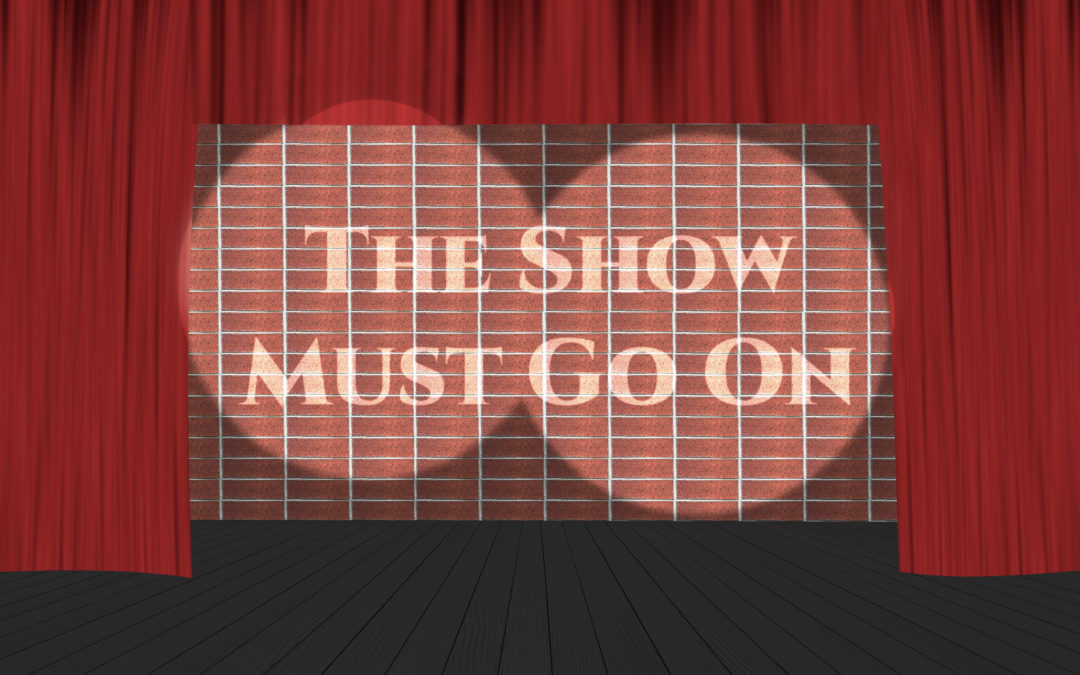
by Claire Doole | Apr 1, 2024 | Blog
One of the key roles of a conference moderator is making sure that everything goes smoothly. Whatever happens, the show must go on, and the only person who can ensure this is the moderator who has the microphone.
Nothing as dramatic has happened to me as the famous incident back in the 1980’s when BBC newsreader Sue Lawley carried on reading the news when activists stormed the studio – one handcuffing herself to a camera and the other crouching below the newsreader’s desk!
However, here are a few conference shockers that I had to deal with and ensure the show went on…
The rollercoaster of technical chaos: At one event, we were eagerly awaiting the keynote speaker’s wisdom, only to be met with the dreaded “failed to connect” message not once, not twice, but three times on day one. The organisers refused to ask her to pre-record her remarks for day two and, predictably, day two didn’t fare any better! Again, we twice tried to connect, but our speaker remained elusive, leaving us hanging without a single word of her anticipated keynote.
But wait, there’s more! As we attempted to patch in speakers from every corner of the globe, it seemed like the universe conspired against us. Five consecutive no-shows! It was like a virtual game of hide-and-seek, and we were losing spectacularly.
Thankfully, amidst the chaos, the Secretary-General saved the day in the studio. With the lines in limbo, I seized the opportunity to pepper him with questions, keeping the show afloat amidst the technical tempest. Lesson learned: Always have a trusty sidekick in the studio, or risk being left high and dry, counting down the minutes— a lifeline we gratefully clung to later that day.
Although not before a high-level speaker who was moderating a panel failed to get her microphone working and with a few minutes notice, I had to moderate a discussion I knew little about while she apparently looked on highly frustrated.
Comedy of errors: A client decided to skimp on tech support, only allocating a measly half-hour for a two-day extravaganza. Cue chaos. As fate would have it, I found myself in a heated exchange with an online speaker who seemed convinced I was playing a game of mute-and-seek. “Unmute yourself!” she demanded, blissfully unaware that I was at the mercy of Zoom’s audio settings. The back-and-forth, or should I say, the dialogue of the deaf, dragged on endlessly, with no technician in sight to untangle the mess.
Lesson learned: When it comes to technical support, you can’t afford to skimp. Ideally, the moderator should be equipped with an earpiece, ready to receive guidance from the producer or director lurking behind the scenes. But when that fails, it’s time to whip out plan B: enter the WhatsApp group, a lifeline of communication when all else goes haywire.
Shocking panelists
Professional moderators know how to keep calm and carry on during the event. Unfortunately, though we have little influence over who is on stage with us.
Here are my top three shockers:
1) 10 people on a panel about putting beneficiaries at the heart of humanitarian response with only one beneficiary on the panel.
2) 8 male ambassadors – a manel – in which the organisers insisted I scripted the questions. Not one I have on my showreel.
3) 3 heads of international organisations talking about high-level humanitarian policy with 1 woman from a small local foundation, who had nothing to contribute apart from saying that she was listening and learning. She had been invited by the organisers who wanted to have a partnership with her foundation.
You will notice I published this blog on the 1 April – so how many of these do you think were April Fools?!
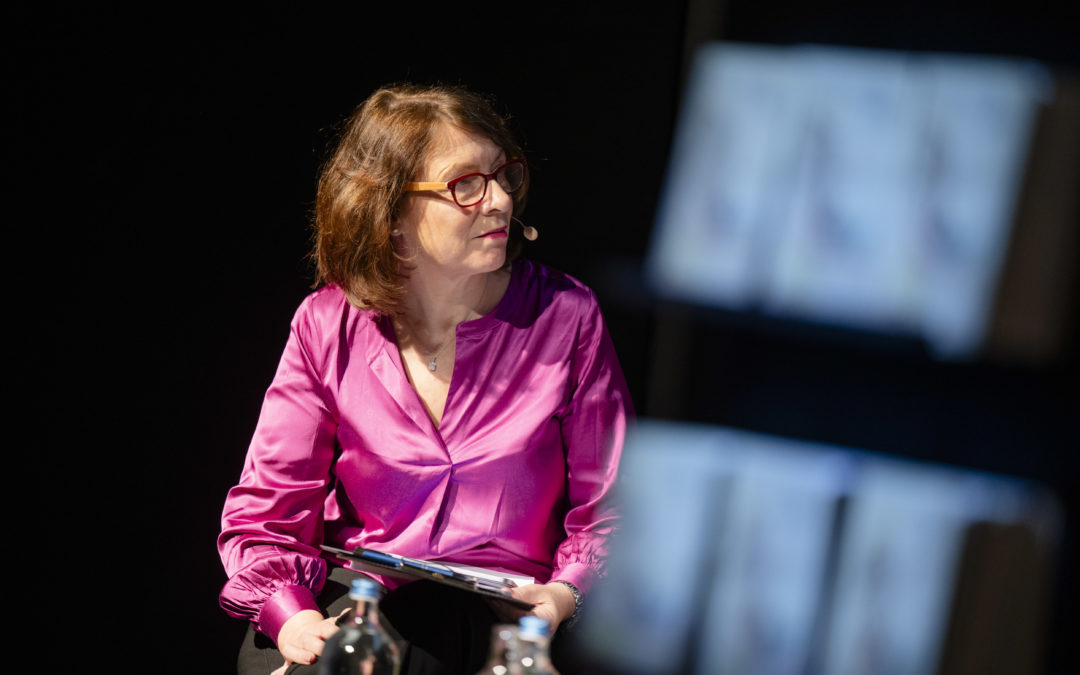
by Claire Doole | Mar 10, 2024 | Blog
Someone asked me this week to explain the role of a panel moderator.
I replied that it was to facilitate an insightful discussion for the audience. Remember them? The most neglected part of an event except when organisers panic the room might not be full.
Unfortunately, engaging debates are sometimes very difficult to achieve when you are brought in at the last moment and the panelists have already been selected by the organisers for political or PR reasons. It is like trying to bake a great cake with the wrong ingredients.
Drawing on decades of experience and a lot of patience, I usually manage after speaking individually to each panelist to construct a flow and exchange between the panelists, that is engaging and insightful. Of course, the discussion is compromised in terms of depth as I have to loop in people who either don’t want to address the theme of the panel or don’t have the knowledge to do so.
There seems to be a view by some organisations – the more panelists the merrier, as this shows how well-connected and influential, they are. However, this leads to frustration all around – from the panelists themselves, who have less time to get their points across, from the moderator who has to keep the discussion at a relatively high level and the audience, who most probably have learned nothing they don’t already know.
Of course, some audiences also just want to say they have attended a conference and don’t care what was said. But many I speak to say they don’t like self- promotional panels where the speakers only talk about their organization and don’t engage with the theme of the panel. This may be the reason why organisers tell me audience numbers are down for both in-person and online events.
In my view less is more. Conference organisers should spend their time organising insightful audience-centric events where they involve the panel moderator from the start of the process.
Most professional moderators, like myself, have a broadcasting background. For many years I produced, presented, and edited programmes on BBC radio and TV. We can help you find the focus for your event, develop pertinent angles, and provide ideas for creative innovative, and interactive formats that will engage the audience, give them great new insights, and enhance your reputation and visibility.
Claire Doole moderates events and trains people in how to moderate and design engaging audience centric and insightful events and panel discussions.
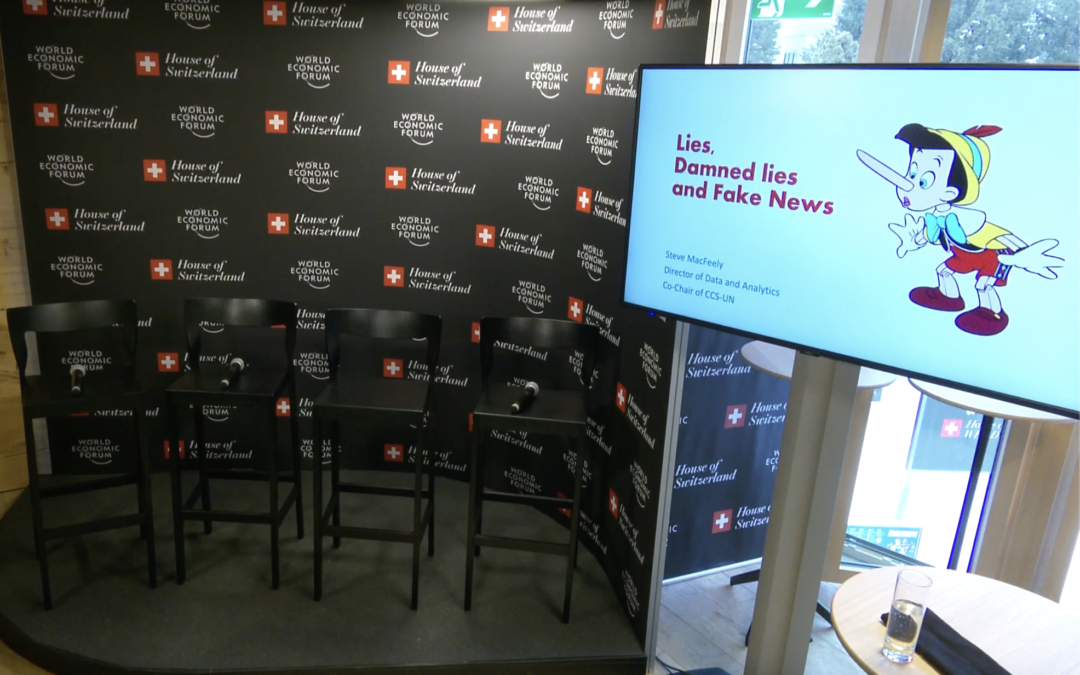
by Claire Doole | Feb 25, 2024 | Blog
When was the last time you heard a great keynote speech?
Many speakers use them to sell themselves or their organisation, neglecting to engage with the theme of the event.
Not so Dr Steve MacFeely, Chief Statistician at the WHO, tasked with giving the keynote before a panel discussion I moderated on data governance and fake news at Davos last month for the Swiss Statistical Office.
A double-headed title for a panel discussion is always challenging as it can belie a lack of focus.
Dr MacFeely took up the challenge and delivered a keynote that set up the panel discussion that was thought-provoking, entertaining and memorable.
So, what did he do?
• He had a clear objective – to inspire the audience around a common purpose.
• He had a clear central argument – making the case for a global data
governance framework.
• He understood the audience – pitching the level correctly so they were not
bored nor confused but engaged in his thinking.
• He simplified the key message into a call to action so that the audience knew
what was expected of them.
• He structured the speech by first talking about the problem before going to
the solution.
• He hooked the audience by starting with fake news – an issue that everyone
has an opinion about before moving to the more complex subject of data
governance.
Engaging hearts and minds
He knew what he wanted to say and presented it clearly and logically. But as the Greek philosopher Aristotle said if you want to persuade an audience you have to not only appeal to the logos, but also ethos (credibility) and pathos (stirring an emotion).
He established his credibility by explaining how WHO responded to fake news – misinformation and disinformation – during COVID.
He spoke from the heart telling us the world of fake news and alternative facts was undermining trust in science, and by extension in statistics, his area of expertise. This rejection of science he said could have serious implications for progress in tackling many of the challenges the world faces such as climate change.
He brought the subject alive through the use of stories, quotes and visually appealing slides.
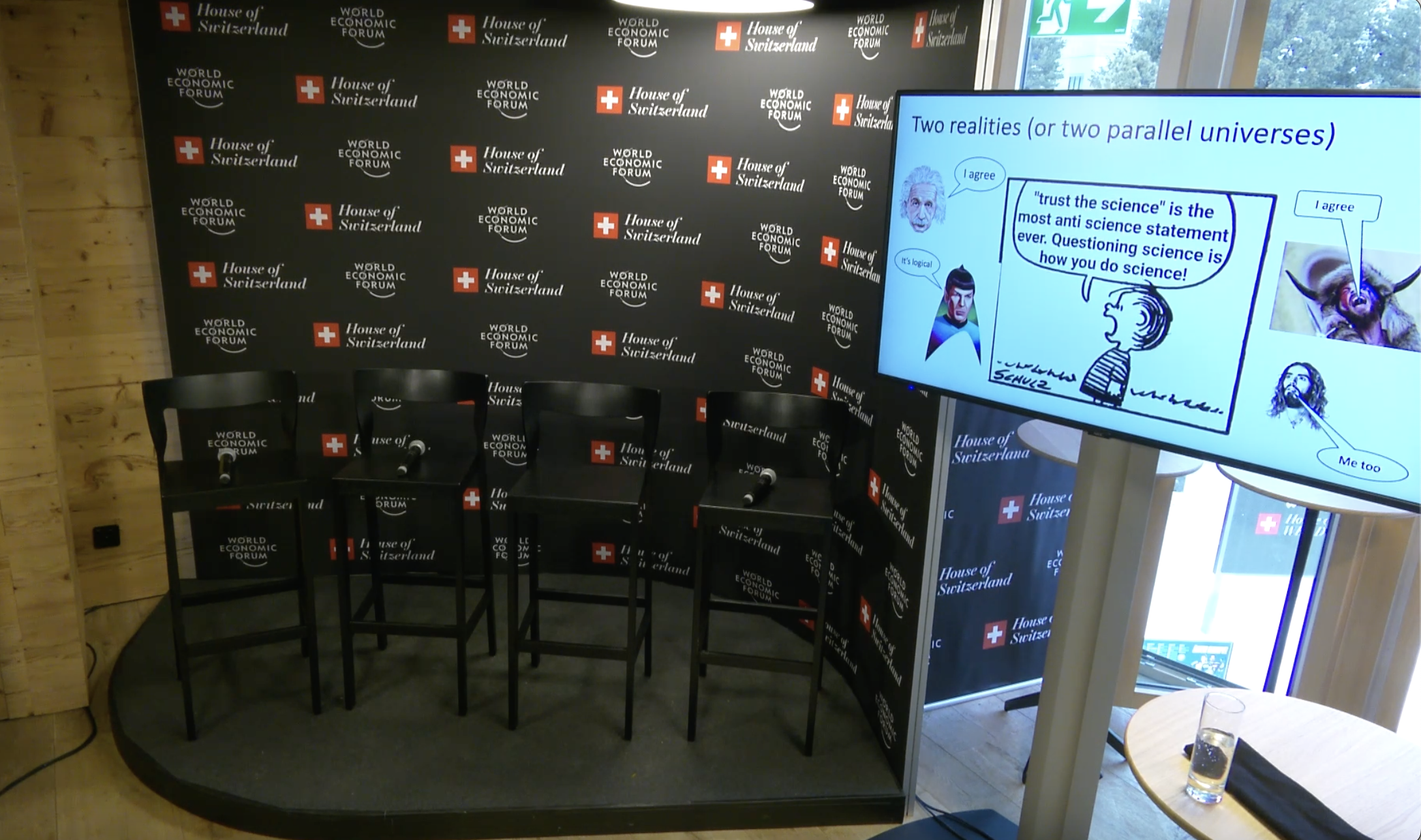
Keynote speakers often forget the value of entertainment, but an audience needs to be entertained if you are to hold their attention for 15 minutes – just think of the typical TED talk.
And he had a great title – the key to getting the audience’s interest in the first place – lies, damned lies and fake news – is a riff on Mark Twain’s famous quote – lies, damned lies and statistics.
Often keynote speeches seem to be prepared in isolation and have little in common with the main theme of the event. But in this case, by working closely with the organisers and moderator, Dr Feeley’s speech set up the panel discussion brilliantly.
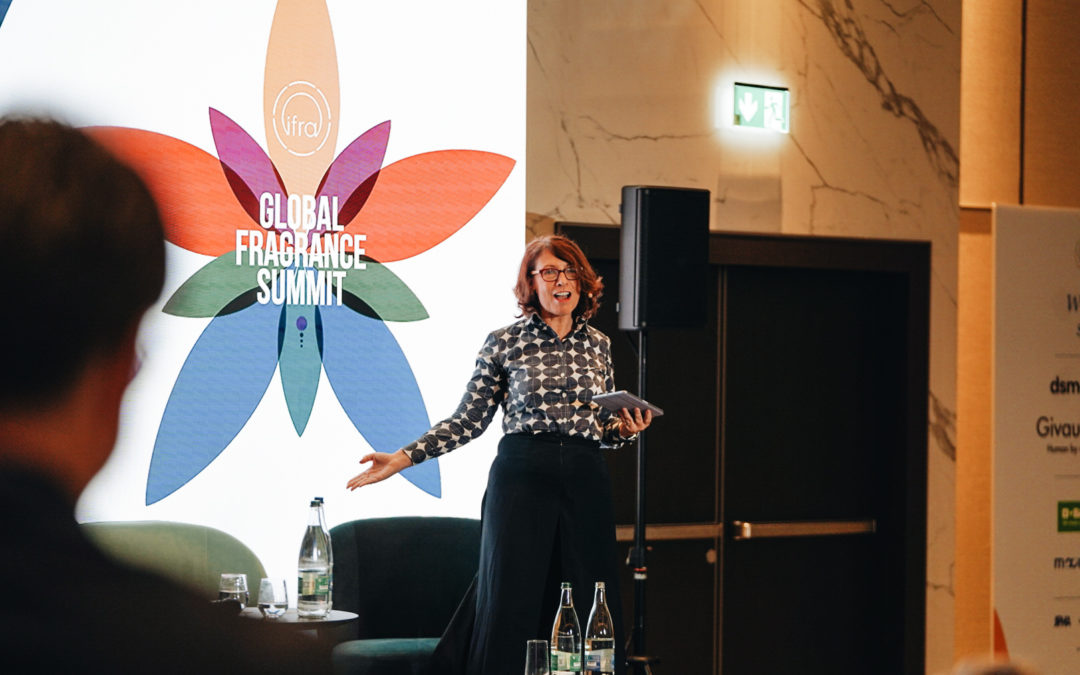
by Claire Doole | Jan 21, 2024 | Blog
The sense of smell, as I realised while preparing to moderate the Global Fragrance Summit last month, is one of the most powerful of the senses. It not only evokes memories and shapes emotion but also lowers stress. However, it is also one of the most under-appreciated.
Preparing to moderate this event, as well as many recent engagements made me reflect that there is another sense that is also powerful but underused – the editorial sense.
It is a sense that is particularly useful when designing an event and vital when briefing a professional moderator. A professional moderator brings many skills to the table from stage/screen presence to an ability to engage with the audience and keep an event to time.
But if you want a professional panel moderator to steer the discussion, bring out insights from the speakers and to ensure the success of your event, you need to give them an in-depth editorial briefing as they are not subject experts.
Briefing a professional panel moderator
Before you have a briefing call with the panel moderator, send them a briefing document to read beforehand so they can ask informed questions. Often, all I am given is the draft agenda which has the title of the panel and sometimes if online a couple of explanatory lines.
Furthermore, the title is often too broad and lacks focus, such as the triple planetary crisis or the just energy transition. It should ideally include a question such as how do we ensure that the energy transition is fair and equitable for the rural poor?
A well-structured briefing document should include:
• Event purpose: Why are we holding this event? What do we want to achieve?
• Panel discussion objective: Define the objective of the panel discussion. Is it to share best practices, introduce new tools and techniques, find solutions to a pressing problem, build relationships, or hear different perspectives on a common challenge.
• Topic, premise and title: Identify a topic that is top of mind for the audience, for example Artificial intelligence and a premise – a proposition or assertion such as AI the unintended consequences. Then you have to find an intriguing title – AI – the case for a global system of governance or who should regulate AI?
• Key discussion questions: Clearly outline the key questions the panel will address.
• Speaker overview: Identify speakers, explain why they were selected and outline their views on the theme.
• Narrative structure: Define the planned and organised flow of the conversation that the panelists will have during the event. As detailed in a previous blog, the narrative structure involves creating a coherent and engaging flow of topics that guides the discussion from the beginning to the end. This structure is designed to ensure that the panel covers key points, addresses the main objectives of the discussion, and maintains the interest of the audience.
• Content of keynote speeches: Clarify what keynote speakers or presenters will cover before the panel discussion. This is important so that the panel doesn’t repeat what has already been said but builds on it.
Role of guiding questions
Guiding questions for each speaker are always useful. However, these should not be written, as is often the case, in policy or corporate speak, as the moderator has to make them their own. Keep in mind that the panel is a conversation, not a lecture.
Similarly, these questions are often written as If the moderator will ask a series of questions to one speaker before moving on to the next speaker. This is not a panel discussion but an interview. The moderator’s responsibility is to structure the discussion so it has editorial coherence bringing in the right speaker at the right time.
And keep in mind that once you have drafted the briefing document and shared with the moderator, the next step is to facilitate communication between the professional moderator and speakers. Their editorial sense will come into play, constructing a dynamic panel discussion that aligns with objectives and captivates the audience with both insight and entertainment.
If you would like to book Claire to moderate at your event, learn how to moderate yourself, or hone your public speaking, speechwriting, storytelling or media interview skills, contact me here or link in with me!
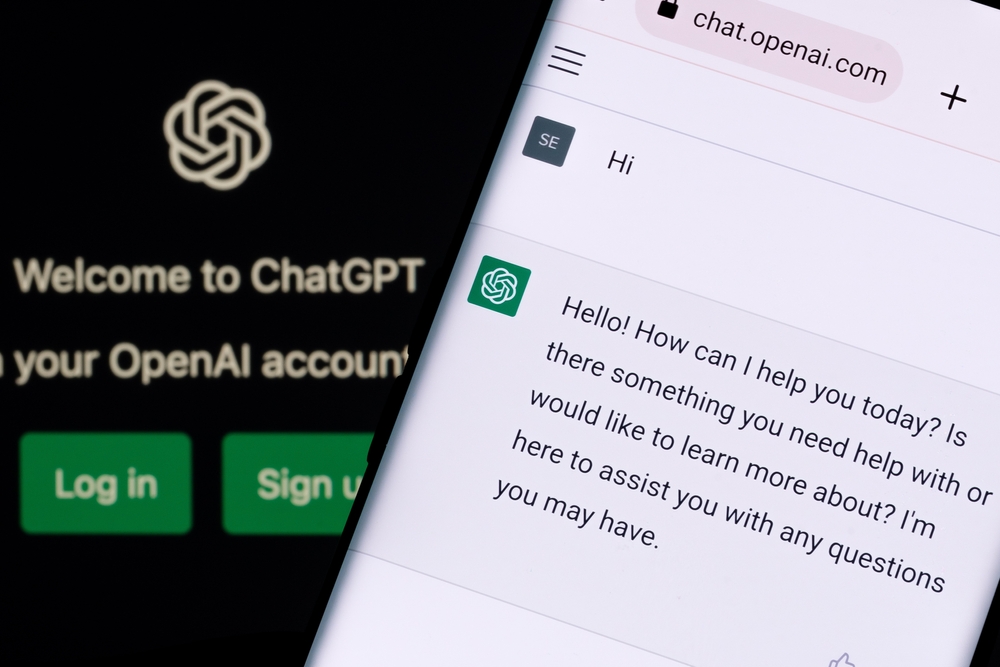
by Claire Doole | Oct 23, 2023 | Blog
Last month I ran a communications workshop for a regular client on a remote German island in the Baltic Sea for environmentalists from Eastern Europe and Central Asia.
For many years I have taught them the art of drafting a press release – a useful skill for simple, clear and concise writing in general.
This year though a participant sprang a surprise. He and his group decided to ask ChatGPT to write the press release. Have a look here and see how they went about it.
The results of the press release experiment
You can see he asked the right questions in terms of newsworthy content and style – simple with a conversational tone for the quotes. The headline is good but the opening paragraph should start with the name of the NGO and is too wordy. In general, the text needed sharpening, the quotes were too lengthy and the inclusion of a list of points made it read more like a report than a press release. A release should flow smoothly and ideally not exceed 500 to 750 words.
What does this tell us about using ChatGPT for press releases?
You have to know which questions to ask, keep asking Chat GPT to refine the text and even then, you still need some human intervention (at least for now) whether editing or writing new material. Bullet points for example are an inappropriate format.
You also have to double-check the content because ChatGPT is known to be only 75 percent correct. Imagine sending out a press release in which 25 percent of it was factually inaccurate – not good for your brand!
Uses in PR
PR professionals tell me that “it is no longer a curiosity, but a tool they use regularly.”
They use it not only for writing press releases writing but also for social media posts, tweets (or is that X’s?), pitches, and fundraising text. It can even generate emojis.
If you are subscribed to a media distribution platform like Meltwater, you will find that they have created a plug-in to ChatGPT. Although they are oddly coy about this and prefer to call it a PR assistant who helps you craft the perfect pitch or press release!

Testing the waters
I tested this out with a friend who is a Director of Communications. We gave it messages on skills shortages and mismatches in global labour markets. We told it the length and selected one from four tone options – professional, concise, persuasive and enthusiastic. We went with persuasive.
Within seconds it came up with a press release that met the 75 percent accuracy rule but contained factual errors and irrelevant information. But the biggest issue was its inability to generate a hard enough news angle – a systematic problem I am told.
Lessons for ChatGPT generated press releases
• Understand what you are looking for i.e., the format and elements of
a press release
• Be prepared to ask more questions to get the output you require
• Provide as much information and as specific commands as possible
• Recognise that Chat GPT’s version is only a first draft. You will
have to sharpen the news angle and remove redundant words and
sentences.
Finally, I have two questions for you:
1. Am I out of a job as a media writer trainer?
2. Do you think this blog was solely written by me or with the help of ChatGPT?!

